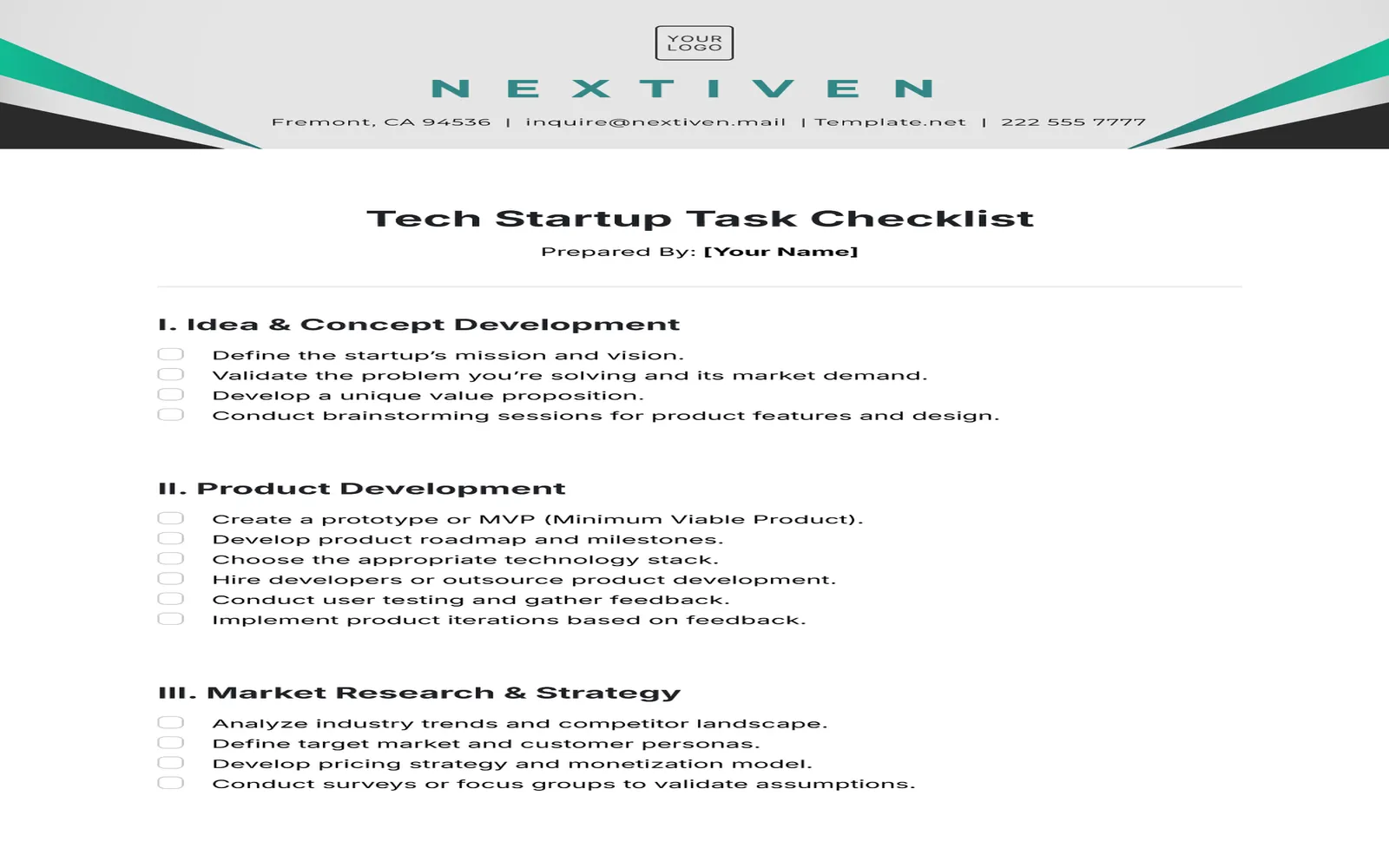Starting an eCommerce business can be an exciting and rewarding venture. However, it requires careful planning and execution. In this guide, we will provide you with a step-by-step approach to launching your own online store, including essential tips and strategies to ensure your success.
Step 1: Identify Your Niche
The first step in starting an eCommerce business is to identify your niche. This involves selecting a specific market segment that you want to target. Consider factors such as:
- Your interests and passions
- Market demand
- Competition
Use tools like Google Trends and keyword research to analyze potential niches. This will help you pinpoint opportunities where you can stand out.
Step 2: Conduct Market Research
Once you have identified your niche, conduct thorough market research. Understand your target audience, their preferences, and their purchasing behavior. Consider creating a customer persona to better visualize your ideal customer.
Utilize surveys, social media polls, and forums to gather insights. This research will inform your product offerings and marketing strategies.
Step 3: Create a Business Plan
A solid business plan is crucial for your eCommerce venture. It outlines your business goals, target market, marketing strategies, and financial projections. Key components of your business plan should include:
| Component | Description |
|---|---|
| Executive Summary | A brief overview of your business and its objectives. |
| Market Analysis | Insights into your target market and competition. |
| Marketing Strategy | How you plan to reach and attract customers. |
| Financial Projections | Estimated revenue, expenses, and profit margins. |
Step 4: Choose a Business Model
There are several eCommerce business models to choose from, including:
- B2C (Business to Consumer) - Selling directly to consumers.
- B2B (Business to Business) - Selling products to other businesses.
- Dropshipping - Selling products without holding inventory.
- Subscription - Offering products or services on a subscription basis.
Select the model that aligns best with your goals and resources.
Step 5: Select the Right eCommerce Platform
Choosing the right eCommerce platform is critical for your business's success. Popular options include:
- Shopify - User-friendly and ideal for beginners.
- WooCommerce - A WordPress plugin that offers flexibility.
- Magento - Suitable for larger businesses with complex needs.
- BigCommerce - Best for growing businesses with scalability.
Consider factors such as ease of use, customization options, and payment gateways when selecting a platform.
Step 6: Design Your Online Store
Your online store's design plays a crucial role in user experience and conversion rates. Focus on the following elements:
- Responsive Design - Ensure your store looks great on all devices.
- Navigation - Create an intuitive menu structure for easy browsing.
- Product Pages - Use high-quality images and detailed descriptions.
Utilize tools like referrerAdCreative to create compelling ad creatives that attract visitors to your site.
Step 7: Set Up Payment and Shipping Options
To facilitate smooth transactions, set up various payment options such as credit cards, PayPal, and other digital wallets. Additionally, outline your shipping policies, including:
- Shipping rates
- Delivery times
- Returns and exchanges policy
Transparency in these areas builds trust with customers.
Step 8: Implement Marketing Strategies
Once your store is live, it's time to attract customers through effective marketing strategies. Consider the following:
- SEO (Search Engine Optimization) - Optimize your store for search engines to increase organic traffic.
- PPC (Pay-Per-Click) Advertising - Use targeted ads to drive traffic to your site.
- Social Media Marketing - Leverage platforms like Instagram and Facebook to connect with your audience.
- Email Marketing - Build a mailing list to engage with customers and promote new products.
Utilize analytics tools to track the effectiveness of your marketing campaigns.
Step 9: Monitor and Optimize
Once your business is up and running, continuously monitor its performance. Use metrics such as:
- Website traffic
- Conversion rates
- Customer feedback
Regularly optimize your website, marketing strategies, and product offerings based on this data.
Step 10: Scale Your Business
As your eCommerce business grows, consider scaling strategies such as:
- Expanding your product range
- Entering new markets
- Investing in advanced marketing techniques
Scaling requires strategic planning and potentially additional resources, but it can significantly enhance your overall profitability.
By following these steps, you can successfully launch and grow your eCommerce business. Remember, perseverance and adaptability are key to navigating the challenges of the online retail landscape.





